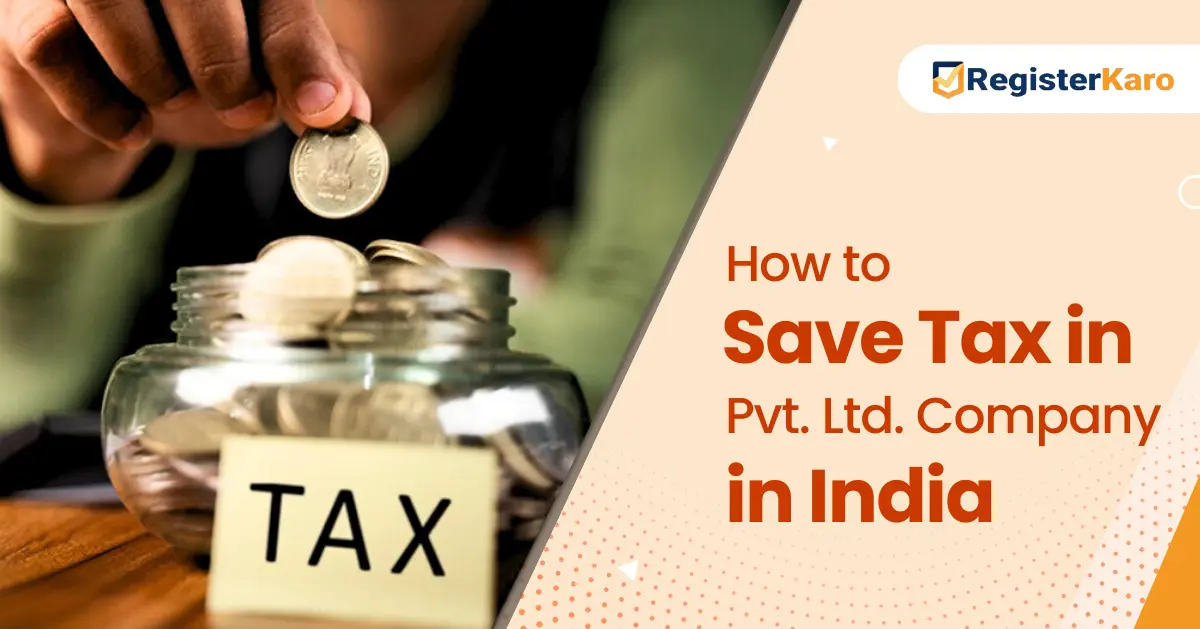
Introduction
Imagine a world where businesses thrive without the burden of complex tax structures! Special Economic Zones (SEZs) were introduced to create such a tax-friendly ecosystem. But how does SEZ in GST function? The Government of India provides several SEZ exemption criteria, ensuring that these zones continue to attract foreign and domestic investments. Understanding the SEZ regulations, exemptions, and compliance is essential for businesses looking to leverage tax incentives while staying compliant with the law.
For instance, companies operating in SEZ in GST can enjoy zero-rated supply benefits, making it a lucrative option for exporters. In 2023, India’s SEZ exports reached $153 billion, showcasing the significance of these zones in the country’s economic framework. However, to maximize these benefits, businesses must navigate a well-defined SEZ compliance guide, register correctly, and ensure proper documentation to avoid penalties. In this detailed guide, we break down everything about SEZ, including the latest updates on SEZ, SEZ exemption criteria, how to file SEZ, SEZ compliance guide, and common errors in SEZ compliance.
Also Read: Gst Registration Process A Simplified Guide For Businesses
What is a Special Economic Zone (SEZ)?
A Special Economic Zone (SEZ) is a designated area within a country that enjoys special tax benefits and regulatory relaxations to promote trade, investment, and economic activity. SEZ operates under the Special Economic Zones Act, of 2005, and is designed to boost exports by offering fiscal incentives.
Key Features of SEZ:
- Tax-free trade and manufacturing zones.
- 100% Income Tax exemption on export income for the first 5 years.
- Exemption from customs duty, SEZ, and other indirect taxes.
- Simplified SEZ compliance guide and regulatory framework.
- Duty-free imports for production within SEZ in GST.
Latest Updates on SEZ
As of 2024, several new policies and amendments have been introduced to enhance the efficiency and benefits of SEZ. Some of the major updates include:
- New SEZ Policy 2024: The government has revised regulations to make SEZs more flexible for domestic and international trade. This includes streamlined compliance requirements and reduced restrictions on domestic sales.
- Eased Compliance Norms: Businesses operating within SEZs can now benefit from a simplified online registration and tax filing system.
- Extended Tax Benefits: The government has extended tax benefits for new investments in SEZs, encouraging companies to establish manufacturing units within these zones.
- Integration with Digital Infrastructure: The latest updates on SEZ focus on the integration of blockchain-based documentation to ensure transparency and efficiency in trade transactions.
These latest updates on SEZ aim to attract more businesses, improve ease of doing business, and boost India’s export sector significantly.
How SEZs are Treated Under GST?
SEZ units and developers enjoy a zero-rated tax structure, meaning that all supplies made to SEZs are considered exports and are exempt from GST.
Key Provisions Under SEZ in GST:
- Zero-Rated Supply: Supplies from a domestic tariff area (DTA) to an SEZ in GST unit are treated as zero-rated, meaning no GST is applicable.
- Input Tax Credit (ITC): SEZ units can claim a full refund of ITC on purchases made within India.
- Mandatory GST Registration: All SEZ units must be registered under GST, irrespective of turnover.
- Supply Within SEZ: Transactions within SEZ are considered intra-SEZ trade and exempt from GST.
What Are The GST Exemptions and Benefits for SEZ Units?
Special Economic Zones enjoy significant tax benefits under the GST regime to promote exports and economic growth. Understanding these exemptions and benefits can help businesses operating in SEZs maximize their tax advantages and reduce compliance burdens.
1. SEZ in GST Exemption Criteria
SEZ units benefit from various GST exemptions to encourage trade and investment. Here are the key exemption criteria applicable to SEZs:
- Supplies to SEZ are treated as zero-rated exports.
- No GST on imported goods by SEZ units.
- No GST on intra-SEZ supplies.
- Refund available on tax paid for services used in SEZ operations.
2. Tax Benefits for SEZ in GST Units
SEZ units not only enjoy GST exemptions but also receive additional tax incentives that reduce their financial and compliance burden. Some major benefits include:
- 100% Income Tax exemption for the first 5 years.
- Lower compliance burden due to exemptions from certain GST provisions.
- Refunds on unutilized input tax credit (ITC).
- Exemption from IGST on procurements.
Step-by-Step Process for How to File SEZ GST Registration
To operate under the SEZ framework and avail GST benefits, businesses must register under GST. Follow this step-by-step process for hassle-free SEZ GST registration:
- Visit the GST Portal (www.gst.gov.in) and click on ‘New Registration’.
- Select ‘SEZ Unit’ as Business Type and enter business details.
- Provide SEZ Approval Letter & Other Documents (PAN, Aadhaar, business registration proof, etc.).
- Verification by GST Authorities – Authorities will verify and approve the application.
- GSTIN Issued – Once approved, you receive a unique GST Identification Number (GSTIN).
Supply of Goods & Services to SEZ in GST – Tax Implications
Supplies made to SEZs are treated differently under GST law. Understanding the tax implications can help businesses ensure compliance while taking advantage of available exemptions.
- Inter-state supplies to SEZ: Considered as exports and subject to a 0% tax rate.
- IGST Exemption: Suppliers can either apply for IGST exemption or claim a refund of the tax paid.
- Invoice Requirements: Must mention “Supply to SEZ – Exempted from GST”.
What Is The Refund Process for SEZ in GST Transactions?
Businesses supplying goods or services to SEZs can claim tax refunds for any GST paid. Here’s the step-by-step process to apply for a refund:
- File Form GST RFD-01 on the GST portal.
- Upload Supporting Documents like invoices, tax payment receipts, and SEZ authorization.
- Processing by GST Officers – Verification and approval.
- Refund Credited to the bank account within 30-60 days.
What Are The Compliance Requirements for SEZ in GST Units?
Despite tax exemptions, SEZ units must comply with specific GST regulations. Keeping up with these requirements ensures smooth business operations and prevents legal issues.
- Maintain records of all transactions within and outside SEZ.
- File monthly GSTR-3B and annual GSTR-9 returns.
- Ensure correct ITC claim and documentation.
- Conduct internal audits to avoid common errors in SEZ compliance.
Conclusion
The role of SEZ is pivotal for economic growth and export promotion. With over 270 operational SEZs in India contributing significantly to exports, businesses must ensure strict adherence to the SEZ compliance guide to leverage tax benefits. Companies can maximize SEZ exemption criteria by following proper filing procedures, maintaining documentation, and avoiding common errors in SEZ compliance.
RegisterKaro simplifies SEZ registration, filing, and compliance. With expert guidance, businesses can ensure hassle-free SEZ exemptions, avoid penalties, and claim maximum refunds. Contact our support team at support@registerkaro.in today.
Frequently Asked Questions (FAQs)
1. Is SEZ in GST mandatory for SEZ units?
A: Yes, SEZ registration is mandatory for SEZ units, but they enjoy zero-rated supply benefits.
2. Can an SEZ in a GST unit claim ITC?
A: Yes, SEZ units can claim a refund on ITC paid on eligible purchases.
3. How to file SEZ in GST returns for SEZ transactions?
A: SEZ units must file GSTR-3B and annual GSTR-9 returns with detailed transaction records.
4. What are the common errors in SEZ in GST compliance?
A: Errors include incorrect invoice details, delayed return filing, and improper ITC claims.
5. How long does the SEZ in GST refund process take for SEZ units?
A: Refunds are typically processed within 30-60 days of filing.




